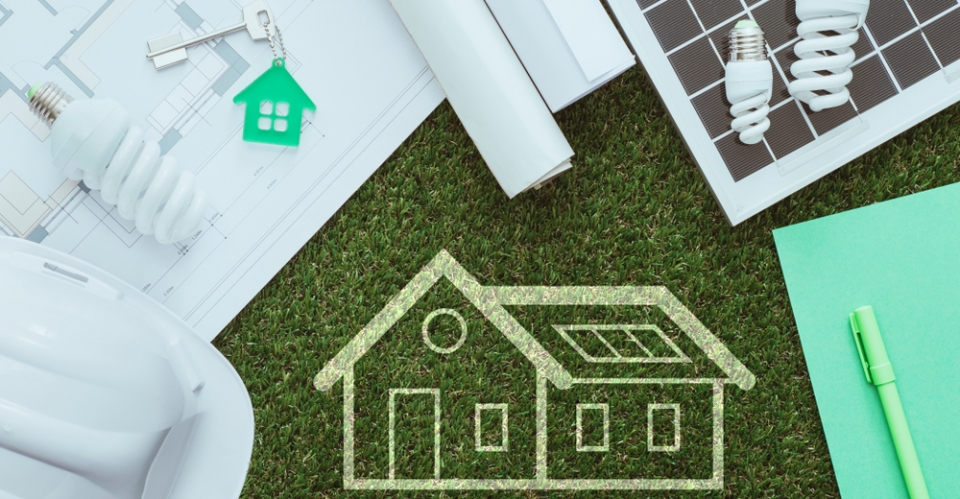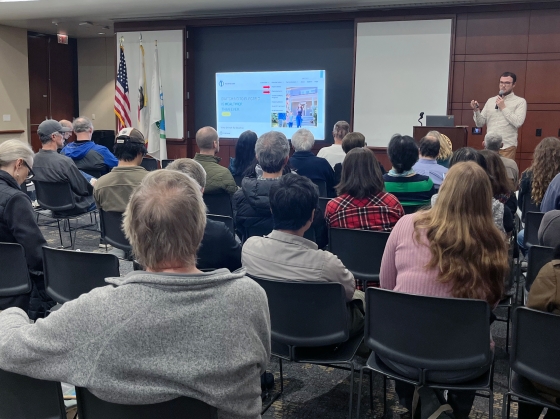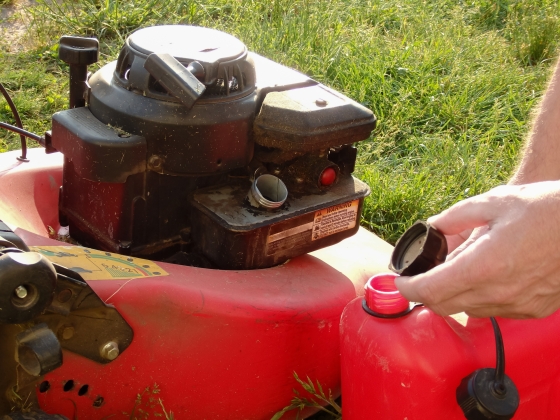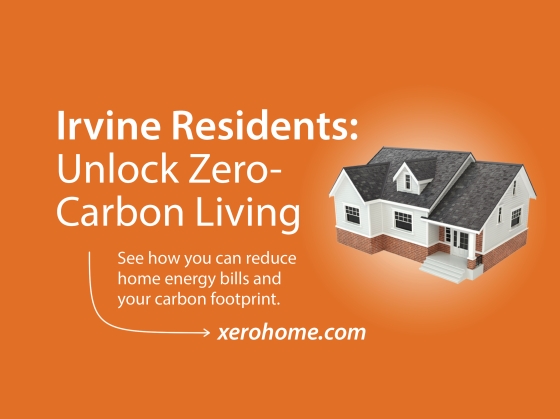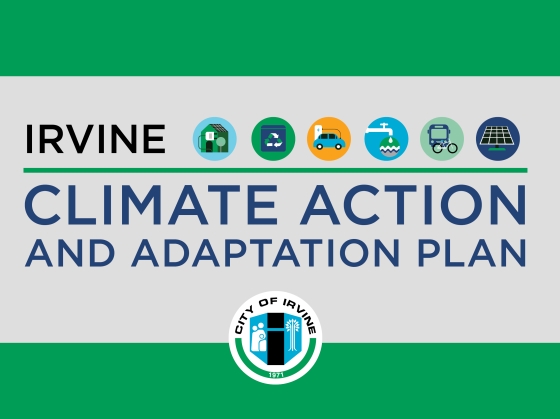CFL Light Bulbs
Switching from traditional light bulbs to CFLs is an effective, accessible change every American can make right now to reduce energy use at home and prevent greenhouse gas emissions that contribute to global climate change.
Lighting accounts for close to 20 percent of the average home’s electric bill. Changing to CFLs costs little upfront and provides a quick return on investment.
If every home in America replaced just one incandescent light bulb with an ENERGY STAR qualified CFL, it would save enough energy to light more than 3 million homes and prevent greenhouse gas emissions equivalent to those of more than 800,000 cars annually.
Click here to learn more about CFLs.
Cool Your World With Energy Star
Energy Star’s interactive online tools helps you reduce your energy consumption and save money.
Energy Saving Tips
- If every home office product purchased in the U.S. this year were ENERGY STAR qualified, Americans would save $200 million in annual energy costs while preventing almost 3 billion pounds of greenhouse gases, equivalent to the emissions of 250,000 cars. (Source: ENERGY STAR)
- During the summer, set your thermostat at 78 degrees when you are home. Using a fan may allow you to set your thermostat above 78 degrees because of the increased air circulation that it creates. You are saving between 1-3%, on utility bills, for every degree above 72.
- Use major appliances before noon and after 7 pm, in order to avoid peak usage times.
- Use cold water whenever possible to cut back on the cost of energy it takes to heat up water.
- Turn off any appliances or lights that are not in use, such as switching off lights when you leave a room.
- During the summer, keep shades over south-facing windows closed during the day in order to prevent heat from entering the house. Conversely, during the winter, keep the shades on the south-facing windows open during the day and closed at night.
Energy Saving Tips for the Office
Paper
- Purchase paper that contains the highest amount of recycled content.
- Print double-sided whenever possible.
- Re-use or recycle paper that has only been printed on one side.
- View documents with your “print preview” option before printing out.
- Use email, instead of fax or ground mail, whenever possible.
Lighting
- Use fluorescent lighting to decrease energy consumption.
- Turn off any lights that are not in use; in particular, whenever you leave a room.
- Utilize natural daylight as much as possible by opening shades/blinds to allow sunlight to enter the room. mail, whenever possible.
Office Equipment
- Turn office equipment off after business hours.
- Set electronic equipment to default into “sleep” mode when it has not been used for a certain period of time.
- If you are purchasing new equipment, always look for the Energy Star logo.
Remember that you can donate, exchange, or sell office furniture and electronic equipment when it is no longer needed. The State of California offers the CalMAX program which allows you to either post or purchase items that have been listed by other businesses. Learn more by visiting their website or calling 877-520-9703.
For State Standards or "Title 24"
The California Energy Commission (CEC) administers energy efficiency standards for both residential and non-residential buildings. Commonly referred to as “Title 24″ after the Government Code section where they are listed, these standards mandate certain requirements for the building envelope, lighting systems, mechanical (or “heating, ventilating and air conditioning” [HVAC]) systems, and water heating systems. Any construction project that requires a building permit must comply with Title 24 requirements. However, Title 24 is considered a minimum. Most commercial facilities can achieve energy savings of 20 to 40 percent greater than Title 24.
For more information on Title 24 call the Energy hotline 800-772-3300 or visit www.energy.ca.gov.

